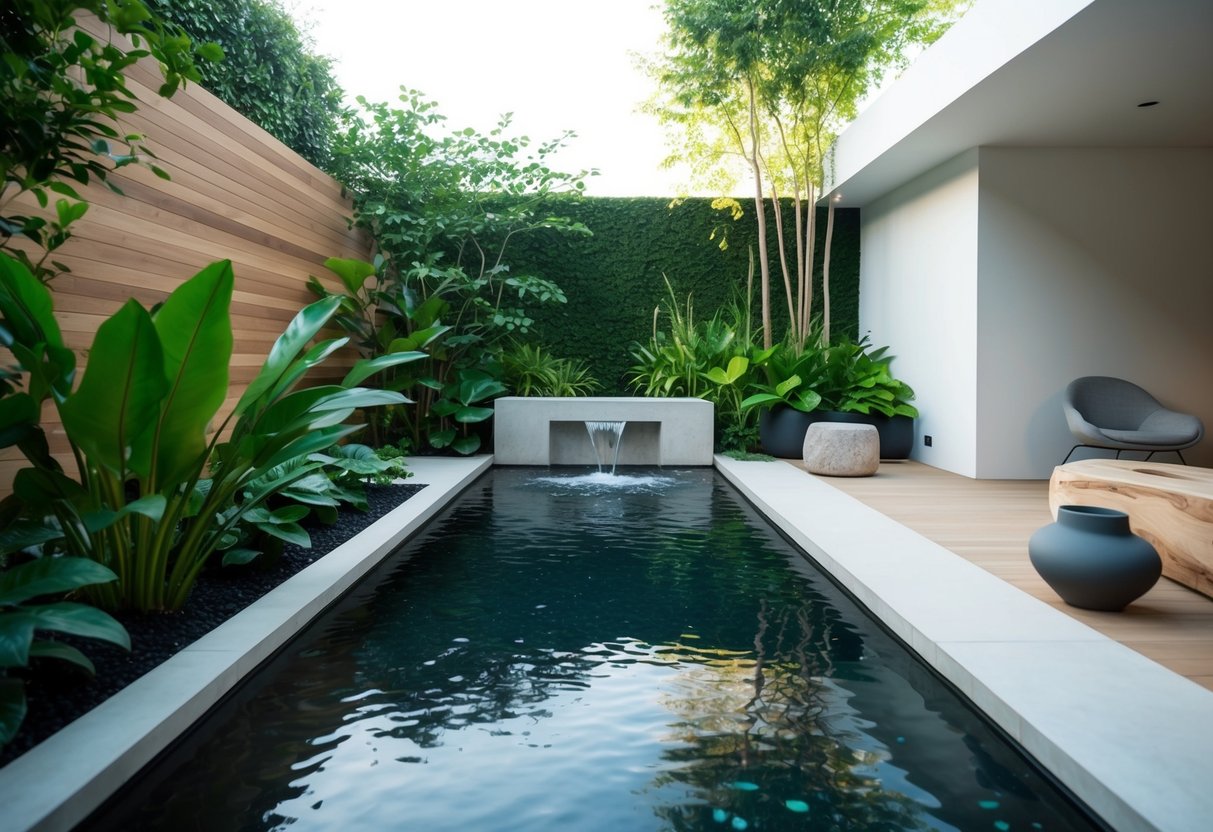DIY Home Sanctuary: Create a Zen Space for Ultimate Relaxation
Creating a Zen space at home can greatly enhance one’s ability to relax and rejuvenate amidst the hustle of everyday life. By designing a DIY home sanctuary, individuals can cultivate a serene environment tailored to promote peace and tranquility. This initiative doesn’t just improve physical surroundings but also nurtures mental well-being, emphasizing the importance of personal space in achieving optimal relaxation.
The process of crafting a Zen space involves integrating simple yet effective elements that contribute to a soothing atmosphere. Natural materials, gentle lighting, and strategic decluttering are key components that help transform an ordinary room into a calming retreat. The focus is on incorporating elements that resonate with personal comfort and harmony, making the space truly individualized and comforting.
Establishing a dedicated area for relaxation at home empowers individuals to practice mindfulness and let go of daily stresses. This sanctuary becomes a personal haven where one can escape, unwind, and recharge. The approach encourages creativity and personal expression, allowing for a unique setup that supports and enhances relaxation practices.
The Essential Qualities of a Home Sanctuary
Creating a home sanctuary involves fostering an environment that promotes tranquility and well-being through simplicity and minimalism.
Defining Tranquility and Well-Being
A home sanctuary centers around a sense of tranquility and well-being. The space should evoke a calm atmosphere by incorporating soothing elements such as natural light, gentle colors, and soft textures. Items that promote relaxation, like scented candles or indoor plants, can enhance peace.
Positioning furniture to facilitate open movement enhances comfort. Emphasizing natural materials, such as wood or stone, can ground the area. Incorporating elements like these helps establish a balanced space conducive to relaxation.
Role of Simplicity and Minimalism
Simplicity and minimalism play crucial roles in shaping a home sanctuary, focusing on reducing clutter and unnecessary items. By emphasizing clean lines and open spaces, minimalism promotes a serene atmosphere. Using a neutral color palette supports this by providing a calming backdrop.
Functional furniture should be prioritized, ensuring it serves a purpose without overwhelming the space. Personal items should be limited to those that bring joy or comfort to maintain order. Selecting multipurpose pieces can maximize use without adding clutter, blending aesthetics with functionality.
Incorporating Natural Elements for Harmony

Creating a peaceful sanctuary at home involves using natural elements to foster a sense of balance. Integrating features like wood, bamboo, stone, indoor plants, and water enriches the space in unique ways. These elements contribute to a calming atmosphere, help purify the air, and optimize the use of natural light to promote tranquility.
Wood, Bamboo, and Stone Features
Wood adds warmth and a touch of nature to any room. Whether through furniture or flooring, its earthy hues contribute to a grounded ambiance. Bamboo is both resilient and eco-friendly, making it a popular choice for those seeking sustainable options. Its simple beauty can be showcased in accessories or decor to enhance the room’s aesthetic.
Stone features bring a raw, natural character to home sanctuaries. From stone wall panels to small accents, its texture and presence are both soothing and grounding. The subtle variation in color and form found in stone adds depth and can complement wooden elements, promoting a blended, harmonious environment.



